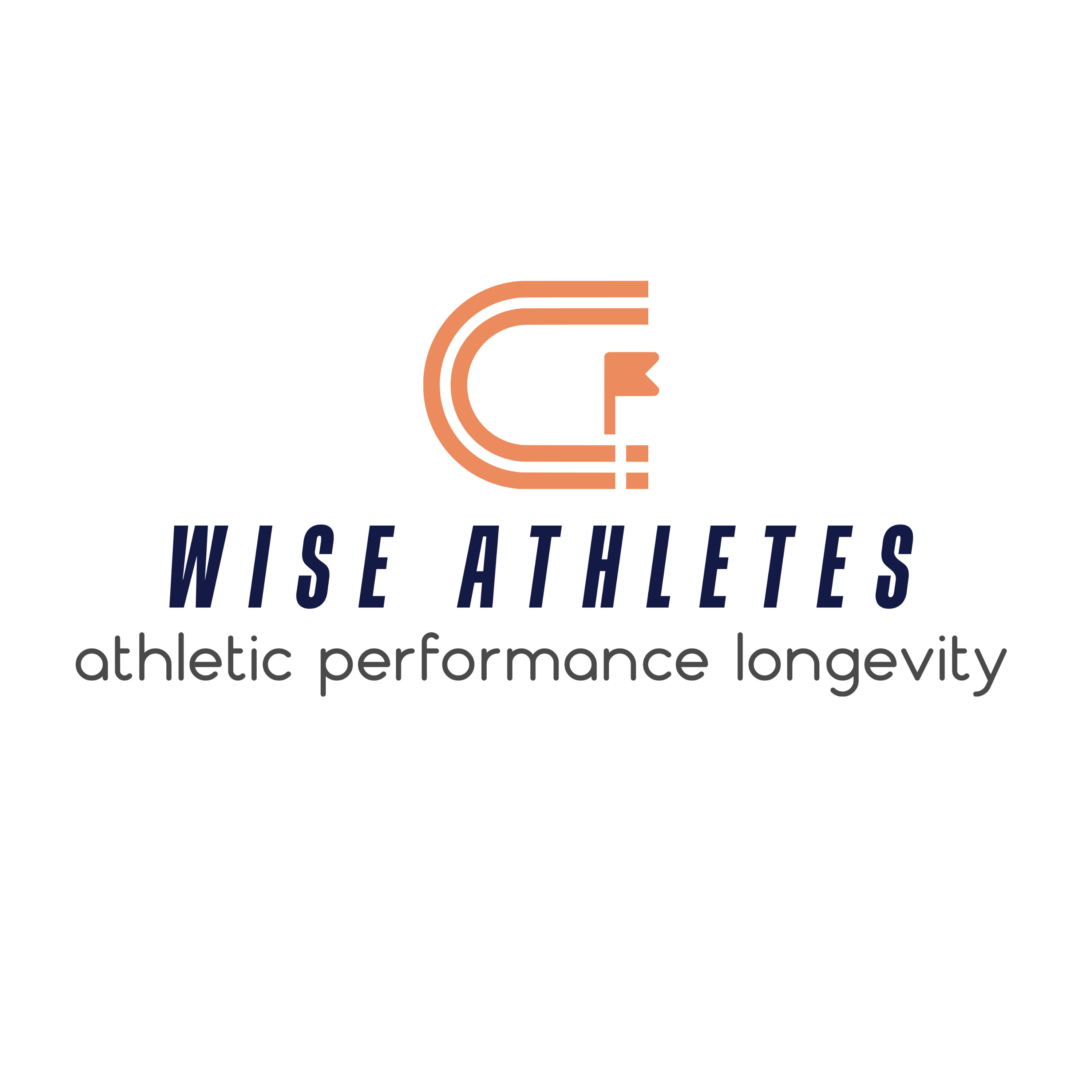Pro Level Supplements & At-Home Tests for WiseAthletes
We’ve all heard about anemia and iron deficiencies hurting our athletic performance and our overall energy level. But the latest thing is iron overload and dumping iron. So is iron good or bad??…the answer is yes. Iron is both a toxin and a nutrient.
What I’ve learned for myself is the older athlete needs just enough iron but no more. So the right question is …how to tell where you are on iron storage in your body, and how can you help your body not hold too much iron while avoiding having too little.
We all need 3-5 grams or 3000-5000 mg of iron in our bodies every second of every day and we only can absorb 1-2mg of iron per day from our food and supplements…plus or minus a bit using various techniques to raise or lower iron.
Too little iron can mean chronic fatigue, brain fog, and breathlessness. Diets low in animal proteins, frequent hard workouts, low stomach acid, gut issues causing poor nutrient absorption, and of course bleeding can lead to lower iron.
Too much iron, unless dramatic, is harder to feel and more likely for older athletes. Without blood loss, iron tends to accumulates in organs during aging and leads to dementia, heart disease, T2D and much more, and is worsened by drinking alcohol.
Donating whole blood can lower iron but moves the needle very slowly as only 100-250mg of your total 3000-5000mg of iron is lost at each donation. That’s the equivalent effect of not absorbing iron from food for 3 months, so it’s something.
The key is to plan ahead.
So how to know if you are low or high? Or on the verge of being low or high? How to know if donating whole blood every 8 weeks is a good idea or a bad idea? How can you make donating blood less unpleasant? And what else can you do to stay in your iron sweetspot and to avoid both of these terrible outcomes for athletic performance, quality of life, and overall health?
To answer these questions and more today on episode 139 I am joined by Dr Grant Fraser who is board certified in the United States in anti-aging and regenerative medicine and in family medicine. Listen in while Dr Fraser helps me to sort out what is going on and how to plan ahead to get into the iron sweetspot.
Grant E. Fraser MD, ABAARM, DABFM, FRACGP, FACRRM, GEM
Grant E. Fraser, M.D. is Board Certified in Anti-Aging & Regenerative Medicine, and more and is passionate about helping patients improve their quality of life, reverse health conditions, and live longer and happier.
Bullet points
- What is iron?
- Iron is a very common mineral on Earth
- It has a highly stable nucleus and is capable of accepting and donating electrons easily, which makes it react with water to form rust and is very useful for biological organisms.
- We use it to grab oxygen from air and carry it around the body, we use it in the chemical chain that makes ATP or energy the body uses to power itself, and iron is a necessary part of many proteins.
- Our bodies need iron every second of our lives, so we keep extra on board just in case… we have 3-5grams in our bodies and we absorb about 1-2mg a day. That’s 1-2 mg vs. 3000-5000mg…we can’t get much very fast. So mostly we recycle it, and we keep some stored away in protective cages that keep the reactive iron from damaging our cells.
- So it’s like calcium (stored in bones) and proteins (stored in muscle and elsewhere) that we scavenge when we need some. But iron is so reactive it will damage our cells, so we lock it away and convert it to less reactive forms?
- In addition, most bacteria that infects us needs our iron to grow, so our bodies react quickly to inflammation to stop absorbing more and stop releasing iron from storage.
- So where is the iron and how does it get moved around, and what is measured in understanding iron status in the body when we use blood samples?
- Hemoglobin: 2 g (men), 1.5 g (women) – our red blood cells to carry oxygen
- Ferritin: 1 g (men), 0.6 g (women) – mostly in cells around the body but some in blood plasma? Why is it in the blood?
- Hemosiderin: 300 mg -- ?
- Myoglobin: 200 mg – in muscles?
- Tissue enzymes (heme and nonheme): 150 mg
- Transport-iron compartment: 3 mg (transferrin?) – moving the iron to where it is needed…mostly bone marrow? Why so low?
- When the liver or brain or arteries have too much iron, how is that stored?
- So why do we measure iron from the blood? It’s the easiest to get at? Issues with using blood measurement? Getting the tail end of a process?
- What do we measure and what does it tell us? Do we want to be at the low end of the range…at the high end? What is best for longevity?
- Serum iron – includes what? Iron in transferrin being moved around the body?
- Ferritin – cage for iron…why in blood? Decreases with low iron and increases with high inflammation…if droppoing suddenly look into why
- Transferrin – increases when….can be low even when iron is needed because…
- Saturation? 30% is normal. Why measure it?
- TIBC – total iron binding capacity – measures the amount of transferrin. Why?
- Other?
- Red blood cell count & mass? – a check for anemia…a clue to sleep apnea?
- Hematocrit - what is it?
- RDW- why important? Increase if building fast…
- MCV – what does it tell us? Size of red blood cell…iron deficient blood makes small cells. 80-100…decrease iron def…going up vit 12 def
- MCHC – what does it tell us?
- It helps to look at iron in vs. iron out to get a handle on where problems might come from.
- Iron in – issues
- Plant based diets – low absorption of non-heme iron, plant compounds binding to iron to block absorption. Calcium, tea/coffee,
- Medicines – PPI, antihistamines,
- Under eating – RED-S in athletes and other
- Gut issues reducing absorption – IBS, celiac, crohns
- Inflammation reducing absorption – from infection, hard exercise (for 4-6 hours), metabolic disease
- Eating too many iron supplements
- Iron out – some issues here
- Bleeding: surgery, menstrual cycle, bowl cancer, ulcer, etc.
- Pregnancy – baby needs iron
- Growing – children need iron
- Sweating -- can lose iron in sweat
- Foot strike red blood cell breakdown
- Low iron is a problem for many people. The challenge in getting in iron is particularly important for people who are growing or bleeding regularly. It can also be an issue for people with chronic inflammation, such as in obesity or with metabolic illness or with chronic iron absorption issues. Athletes can have issues without bleeding causes due to overtraining, heavy sweating, eating iron close to exercise which limits absorption. And low iron can come from GI bleeds, bowel cancer, ulcers…so figuring out why iron is low is important…don’t just supplement iron
- Low iron appears slowly usually…here are the official “stages of low iron”
- Stage 1 - Ferritin low while hemoglobin normal - some depletion for energy intracellularly
- Stage 2 - lethargy starts - more effects on cellular energy as tries to take iron to preserve hemoglobin level
- Stage 3 - anemia: ferritin and hemoglobin low. Compromised function
- Now let’s talk about my main interest….high iron.
- High iron is mostly a problem for people with genetic issues related to reducing absorption but can also be a problem for older people who have been accumulating iron for a long time: eating a lot of iron, drinking alcohol, or maybe its just a breakdown of the normal homeostatic mechanisms like many other things that don’t the way they used to?
- I’ve heard about things we do that interfere with iron management and contribute to higher iron…
- Zinc over supplementation (copper)
- Copper deficiencies (copper vs. magnesium)
- Vit c with iron meals
- Supplementing with iron unnecessarily (multivitamins)
- Estrogen supplementation (increase absorption if iron)
- Alcohol
- High iron is associated with many illnesses. People with clearly high iron should take aggressive action to reduce it. But what about people like me: my iron biomarkers are all in the green. Could I have accumulated iron in my organs that doesn’t show up in my blood? If iron is associated with neurological disease, metabolic disease, heart disease and more, would I be crazy to actively knock down my iron if I am eat an iron rich diet?
- Donating blood regularly… I do it every 3 months (for the last year)…I haven’t seen any impact on my iron markers. I’ve stopped drinking alcohol almost entirely,
- What else makes sense to drive down iron
- Emla – reduce pain from needle pain from donating blood
More Dr Fraser info:
Want to support the show?
If you are enjoying WiseAthletes, please leave us a review. And, be sure to check out our FullScript supplements link to see the amazing prices on the best brands on the planet.
FullScript Site for WiseAthletes


